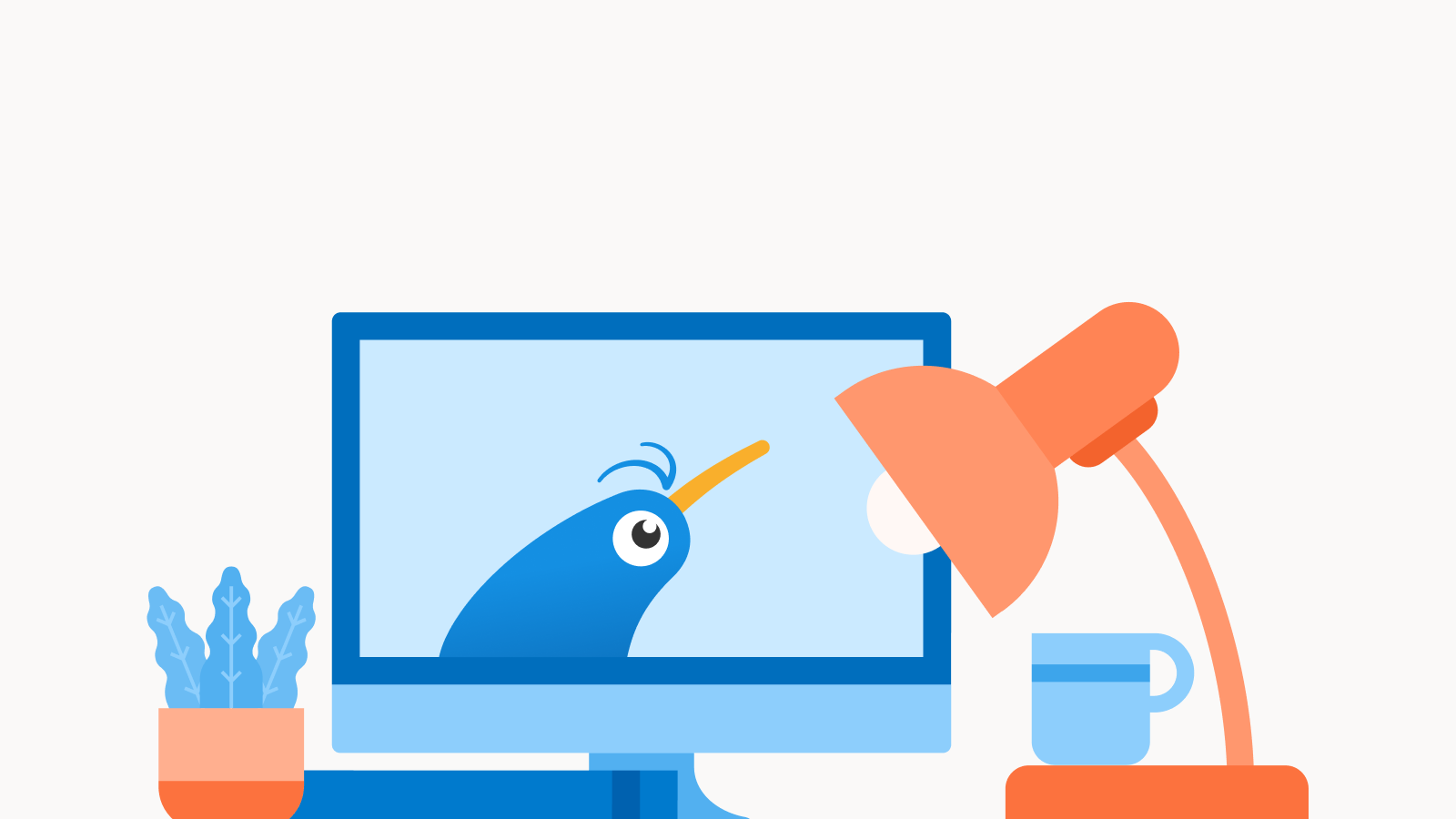Careers advice
How to ace a video interview
There are some crucial things to get right when it comes to video interviews.
The Covid-19 lockdown introduced many Kiwis to the concept of video interviews for the first time. And even after the pandemic is over, there's a good chance some businesses and recruiting agencies will hang onto this format, due to the efficiencies it can create.
Let’s explore the ways this format differs from standard job interviews, and how you can set yourself up for success.
Preparing for a remote video interview
1. Questions to expect in a video interview
These should be exactly the same as the normal questions interviewers ask in face-to-face settings. So your preparation should be exactly the same – set up a mock with a friend (you can do this over Skype or similar) and practice your answers.
The only question that some employers might want to add right now is whether you have experience working from home. If you have, talk about tactics you use to stay productive when remote working. If you haven’t, talk about how you would set yourself up and why this wouldn't be an issue for you.
2. Get your location right
For now, you’re limited to your own four walls, but you can still think about:
- Your backdrop: choose something neutral, ideally a plain wall or bookshelves. Whatever you do, make sure that One Direction poster is well out of sight.
- The light: while working near a window is great generally, this can cause problems in interviewers. You don’t want to be constantly squinting, nor do you want your interviewer to only see your silhouette.
- Noise: if you’ve got kids or flatmates at home with you, make sure everyone knows you need a bit of peace and quiet during the interview. Think about removing yourself from kitchens or shared spaces during this time.
Do a practice run to make sure all your tech is working properly.
3. Test your internet connection, camera and microphone
Another reason a mock interview is so important is it gives you a chance to make sure your internet is up to the task. Conduct your mock in the same location you will do the actual interview, and watch for lags and break ups. If you’re having problems, you might want to look at changing your setup so you can be closer to the router.
This is also the time to ensure your camera and mic are working properly, and to ensure the interviewer won’t be treated to a view up your nose or over your head when the call starts. Frame yourself so they can see your head, neck and shoulders.
Ideally, do your video interview on a laptop, and not your phone. Not only is it harder to get the framing right on your phone, a laptop screen will likely be steadier, even if your phone can support itself on a desk.
4. Dress appropriately
You should dress for a video interview in the same way that you would for a face-to-face meeting. This means asking, or gauging, what the standard company dress code is, and choosing your outfit accordingly.
While, technically, the interviewer won’t be able to see if you choose to remain in your PJs from the waist down, we recommend getting fully dressed up, as this will help you get in the zone.
During your video job interview
1. Have a backup plan
Even if you’ve done all the necessary planning, sometimes things just go wrong.
Therefore it’s a good idea – before things kick off properly – to ask the interviewer for a contact number, should your video call drop out. But be sure to let them know that this shouldn’t happen, due to your preparations, and that you’re just planning for the worst case scenario.
At the start of the interview, ask for a phone number in case you lose internet connection.
2. Think about your body language and posture
Body language is crucial in standard interviews, and the same is true when you'e video interviewing. Remember to:
- Sit up straight: to show you’re engaged in the process, and the questions you’re answering.
- Use eye contact: yep, this can feel a bit weird in a remote setting. The best advice is just pretend your webcam is the interviewer. Don’t stare at it intently, but don’t constantly avoid it.
- Smile and gesture: you can inject energy and positivity into your answers by remaining animated and smiling.
3. Focus
It’s easy to get distracted on video interviews – but remember the interviewer can see you! Don’t have the TV on mute in the background, close your social media tabs and avoid the temptation to pick up items on your desk or any pets strolling around.
Also, flip that phone face down so your eyes don’t wander every time it lights up!
4. Have a glass of water handy
In most face-to-face interviews you’re offered some water as you come in. This time, you’ve got to fend for yourself to avoid the dreaded dry, cracking voice.
Other articles you might like



